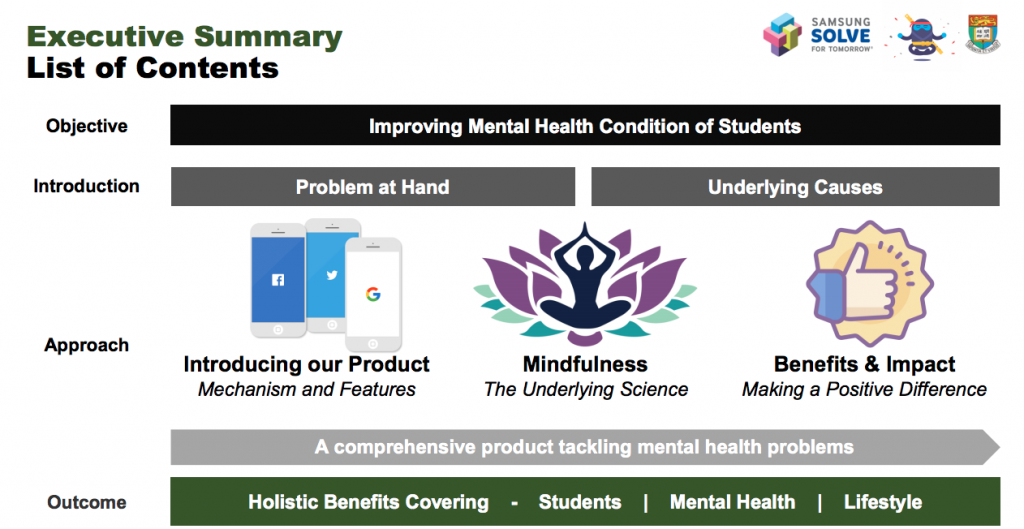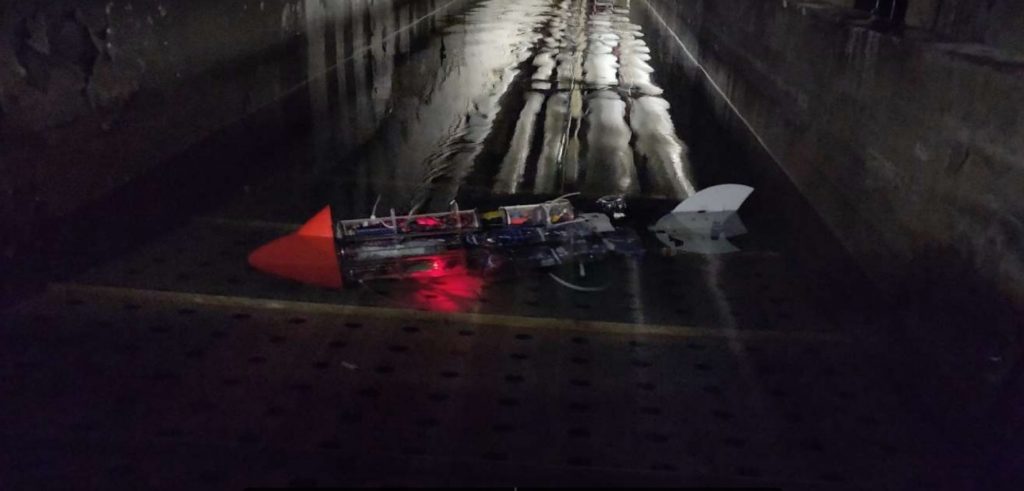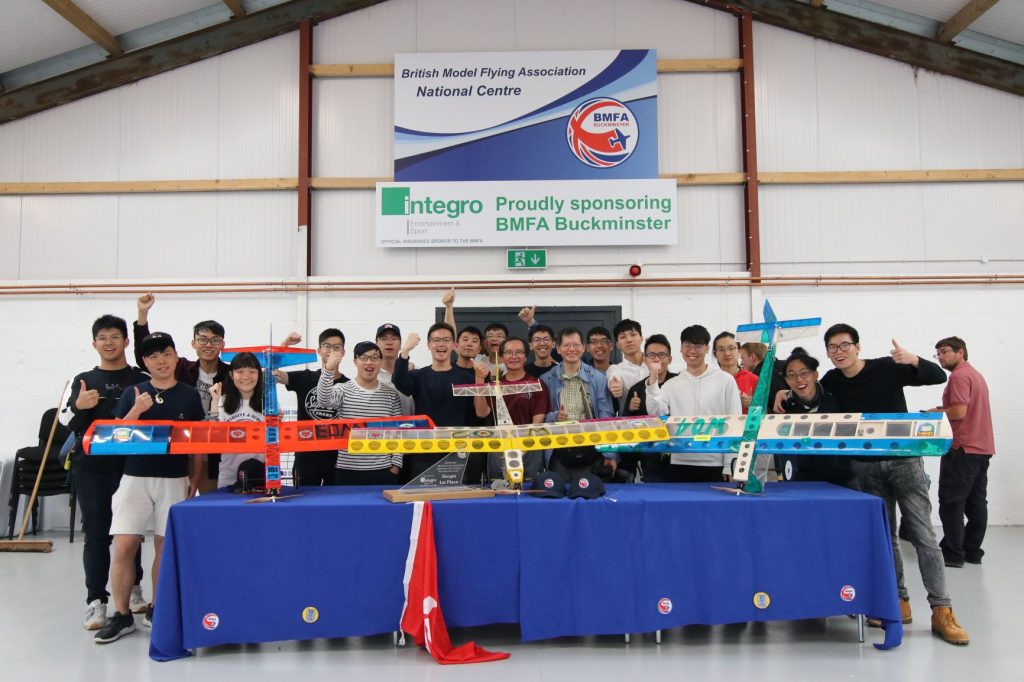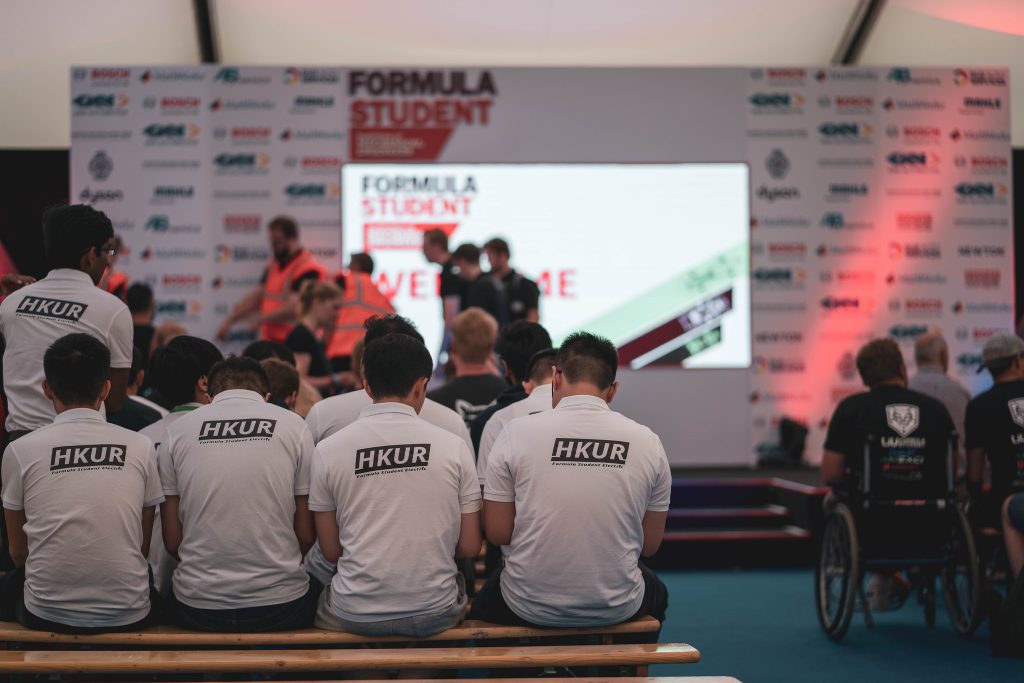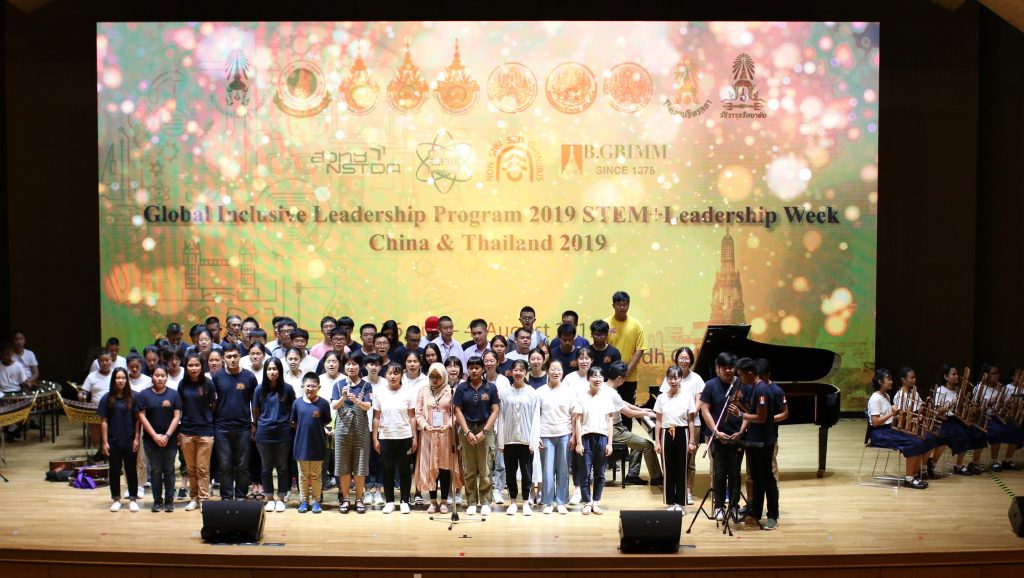In today’s fast paced world, students in particular are suffering from mental health problems caused exam stress and social anxiety, leading to a rise in suicide rates and depression. Furthermore, discussing mental health problems remains a taboo in our society, preventing youngsters from approaching their family or friends for help. Cognizance, our mobile app, allows students to sign up confidentially and browse through various mindfulness activities designed for improving their mental state through their daily activities. Our mobile app uses data analytics and artificial intelligence for making personalised recommendations to users on the activities that best suit their mental health.
The project has been involved in “Samsung Solve for Tomorrow Competition 2019” and results in fruitful outcomes.



